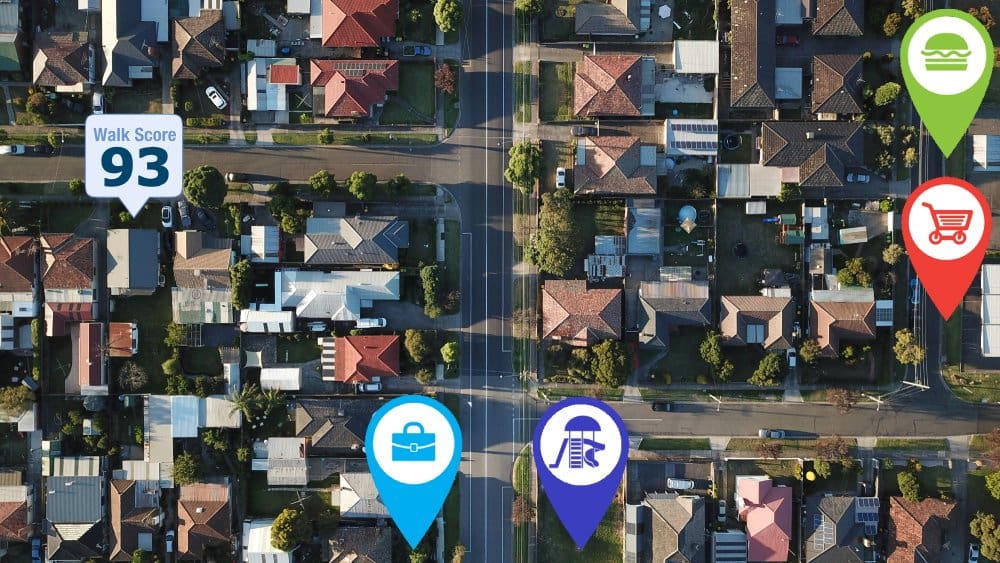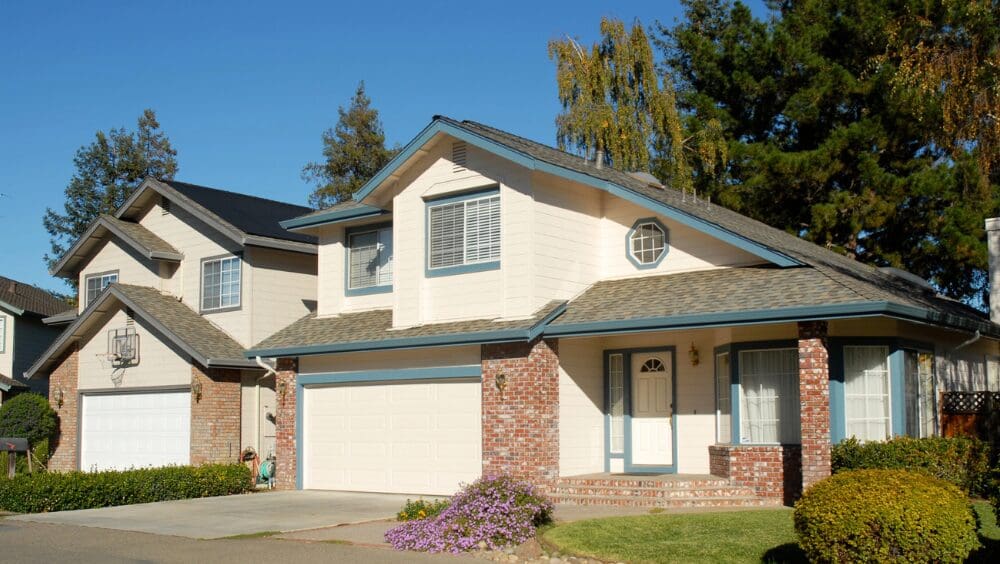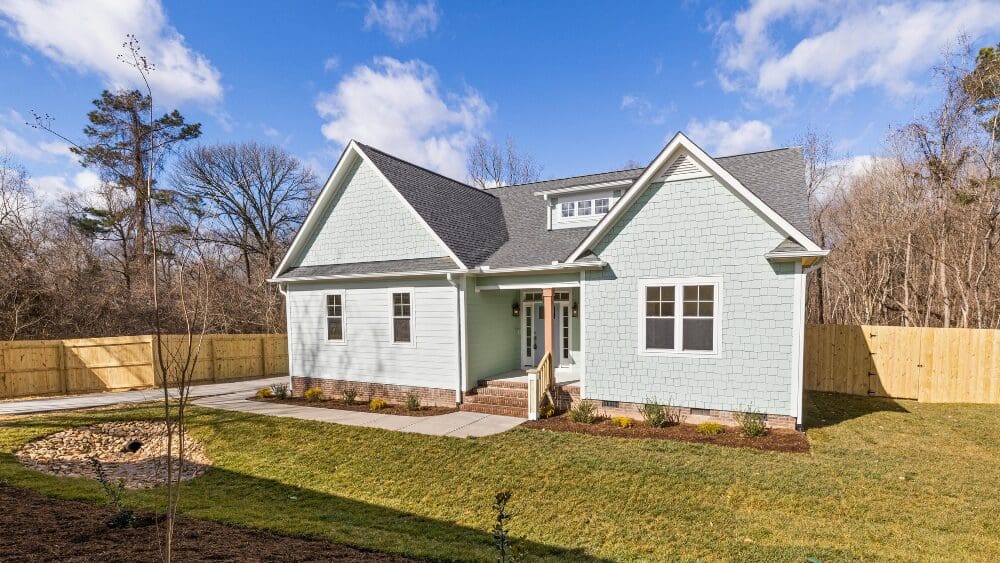
Have you considered your neighborhood’s walkability score? Such a rating is not just about sidewalks, paths, or streetlights. Walkability scores by address provide a glimpse into daily life in a neighborhood, highlighting how easily you can accomplish errands on foot, the proximity to public transportation, and the overall convenience of the area. For home sellers, a high walkability score can give you a competitive marketing edge. For homebuyers, these scores offer valuable insights into the livability pros and cons of different communities. In this post, we’ll guide you through everything you need to know about walkability scores — how they work, where to find them, and how they can influence your home-buying decision. A walkability score is a numerical value ranging from 0 to 100 that indicates how easily you can carry out daily errands on foot from any given address. It’s a quick way to gauge whether a neighborhood suits a pedestrian-friendly lifestyle, providing an insight into the convenience of living in that area without relying heavily on a car. This score is especially valuable for homebuyers aiming to find a neighborhood that aligns with their lifestyle preferences, where amenities like shops, parks, and schools are just a short walk away. The concept of a walk score is ingeniously simple yet deeply informative. The scoring uses data to assign a number between 0 and 100 to any address, reflecting its walkability. For example, one of the most popular walkability score providers in the U.S. is walkscore.com. Its scores are calculated using a patented system that evaluates hundreds of walking routes to nearby amenities. The closer the amenities, the higher the score, with a focus on the distance to necessities in categories the following categories: Amenities within a five-minute walk receive maximum points, while a decay function reduces points for more distant amenities, phasing out any benefit after a 30-minute walk. The score also considers pedestrian friendliness factors, including population density and road metrics like block length and intersection density. To gather this data, walkscore.com relies on resources like Google, Factual, Great Schools, Open Street Map, the U.S. Census, Localeze, and user contributions, ensuring a broad and accurate representation of an area’s walkability.What is a walkability score by address?
How do walk scores work?



